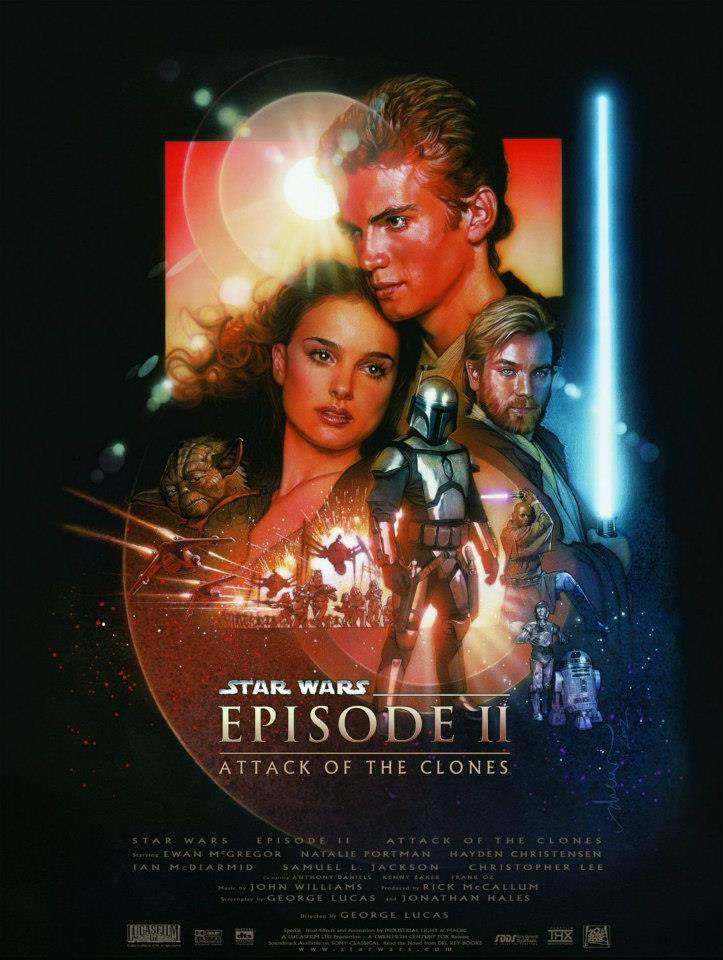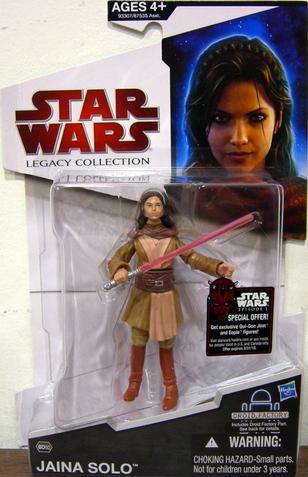
No, Force Tunnel Vision isn’t a Force power you’ve never heard of. It’s the tendency that has emerged ever since the release of the prequels to focus stories on the Jedi and emphasize the Jedi-vs.-Sith conflict as the core of storytelling. This has compounded the issue of supporting cast underuse in the post-Return of the Jedi era, as the focus has become too narrow to take in much of the wider universe. In all eras it has resulted in repetitive storytelling as the Sith are trotted out again and again to fight Jedi protagonists. In this post, I will cover how the prequels transitioned Star Wars from stories that included Jedi and Sith to stories that were about Jedi and Sith, just how monotonous this has made the Star Wars universe, and how this has damaged the Star Wars universe by excluding non-Force-sensitives from the story.
The way it was
Jedi and Sith were both present in the original Star Wars trilogy. It was central to the films’ story that Luke Skywalker learned to become a Jedi Knight from Obi-Wan Kenobi and Yoda so that he could defeat the evil Force-user Emperor Palpatine and redeem his father Anakin Skywalker from life as Darth Vader, Dark Lord of the Sith. How, then, can I say that the prequel trilogy changed Star Wars’ focus? The difference is between stories that include Jedi and Sith as a component and stories that are centrally about Jedi, Sith, and the struggle between light and dark sides of the Force. The issue is the context in which the Force elements of the storyline are placed.
In the original trilogy, the conflict between Luke and Darth Vader, and later the Emperor, was vital. The introduction of the Jedi Knights and the light and dark sides of the Force were key components of Star Wars’ unique universe. The story, however, was not simply about the Jedi. Luke’s conflict with the dark side’s servants was one component of a much larger storyline concerning the war between the Rebel Alliance and the Galactic Empire; the light and dark sides were merely elements of the struggle between freedom and tyranny, good and evil in the broadest sense. Luke did not fight alone, but as part of the Rebellion, alongside the gunslinger Han, political leader Leia, scoundrel-turned-administrator-turned-Rebel Lando, and ordinary warriors like Wedge Antilles, Admiral Ackbar, and General Rieekan. He and his allies fought not only Darth Vader and the dark side, but also Forceless manifestations of tyranny like Grand Moff Tarkin, Death Stars, and stormtroopers; and Forceless agents of criminal corruption like Jabba the Hutt and Boba Fett. Jedi and Sith were one component of the bigger story, which included ordinary soldiers, political figures, and the criminal underworld.
Read More


 sequel trilogy jumps clear past the bulk of the EU into 50 ABY or so, and maybe—maybe—sticks Jaina Solo or Ben Skywalker into the slot of “next generation character” that we all know very well is coming.
sequel trilogy jumps clear past the bulk of the EU into 50 ABY or so, and maybe—maybe—sticks Jaina Solo or Ben Skywalker into the slot of “next generation character” that we all know very well is coming.